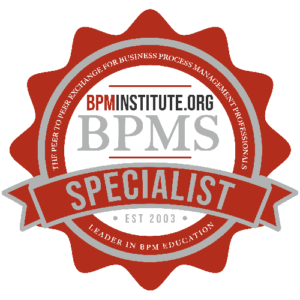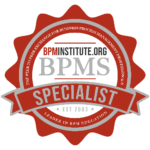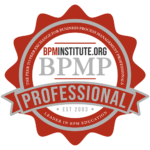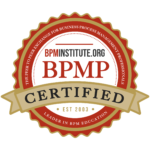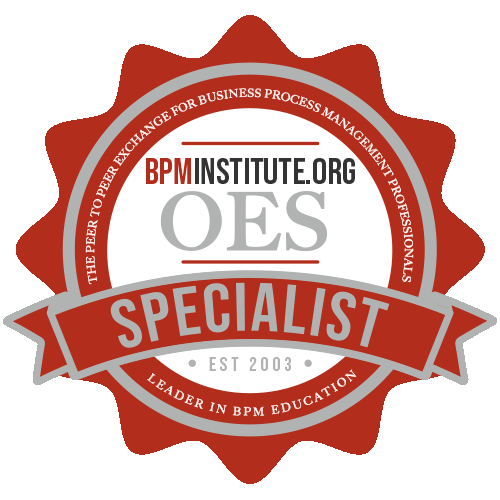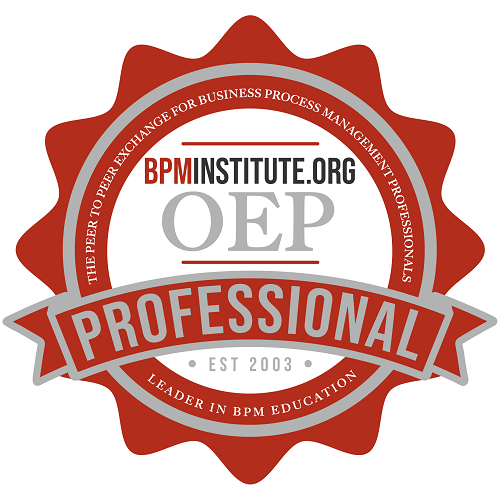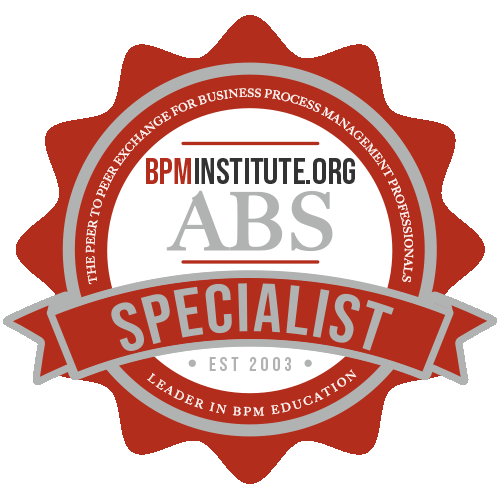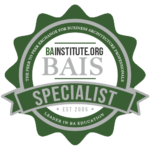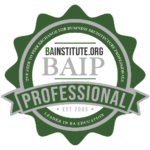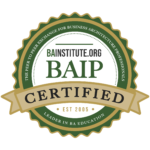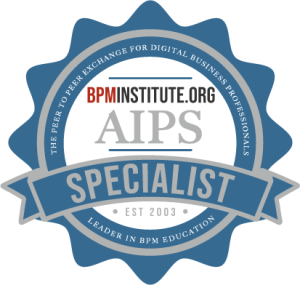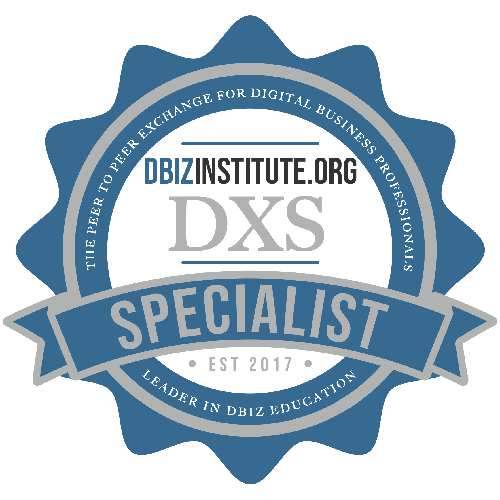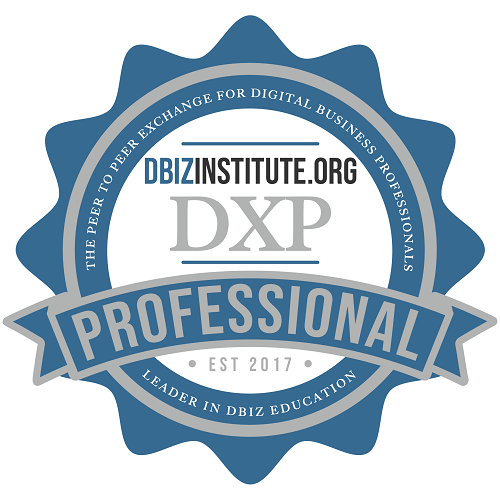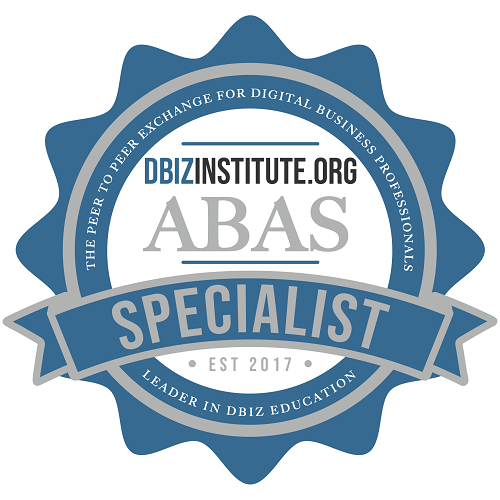Business rules, whether they are stated explicitly or implicitly, contain all of your organization’s business knowledge. Expressing and defining your business rules will allow the most benefit from a BPM initiative.
Barbara von Halle is the founder of Knowledge Partners, a company specializing in business rules services. Her most recent book, “Business Rules Applied” is the first book to contain a systematic approach for delivering business rules systems.
The definition of business rules that Knowledge Partners uses is, “A collection of your organization’s business policies, constraints, computations, and reasoning capability.” Organizations run by these rules whether they are explicitly stated or are implicit to the organization. A business rules approach is a formal way of managing and automating the business rules of an organization so that it evolves as intended. This includes the tasks, roles, rule repositories, rules engines and the formal ways of expressing rules so that business policy can be quantified, accessed, and changed.
The business rules approach has these characteristics:
- Separate the rules so they can be found and applied consistently
- Trace the rules to know where the rules come from and why they exist and where they are used
- Externalize the rules so they are in a language that is understandable to everyone
- Position the rules for change so the business can evolve
There are different kinds of rules.
- Computation rules (formula for computing costs)
- Constraint, guidelines (customer must pay past bills before new orders are shipped)
- Inferred knowledge rules (‘A’ credit rated customers are premium customers)
- Action-enabling rules (for orders over $10,000, notify sales manager)
BPM is accelerated by a business rules approach.
- Business processes rich in rules are identified
- The rules worth managing formally are understood
- Define business rules life cycles to meet new business objectives
- Redefine the roles of business people and IT around the new business rule life-cycle
- Provide methods and tools for your new business rules
Von Halle recommended KPI’s Rule Maturity Model (RMM) which judges the maturity of rules on a scale from 0 to 5. At this time, all the participating companies are at rule Levels 0 or 1. Most are trying to manage rules for constraints and validations and to create complex inference rules for decision-making. Initial findings about RMM are:
- Every organization starts at Level 0
- Every organization can experience success with a Level 1 pilot at little cost
- Every organization will begin to experience significant success at Level 2 which is usually the target for the first business rules project
- The risks of not attempting to achieve Level 2 may be significant
- Very few organizations are beyond Level 3
According to von Halle, there is a new breed of systems emerging where business processes and business rules are managed as separate but closely connected resources. They are separated by process execution, rule execution, and database execution.
The BPM/ BRE offerings today include the stand-alone BPM products, stand-alone BRE products, single vendors with an integrated BPM/ BRE product, and vendors partnering for BPM and BRE offering.
In a business process management environment, tasks can become powered by the rules, whether they are manual or automated. The rules are documented and handled by the BPM software, and it all fits together.




